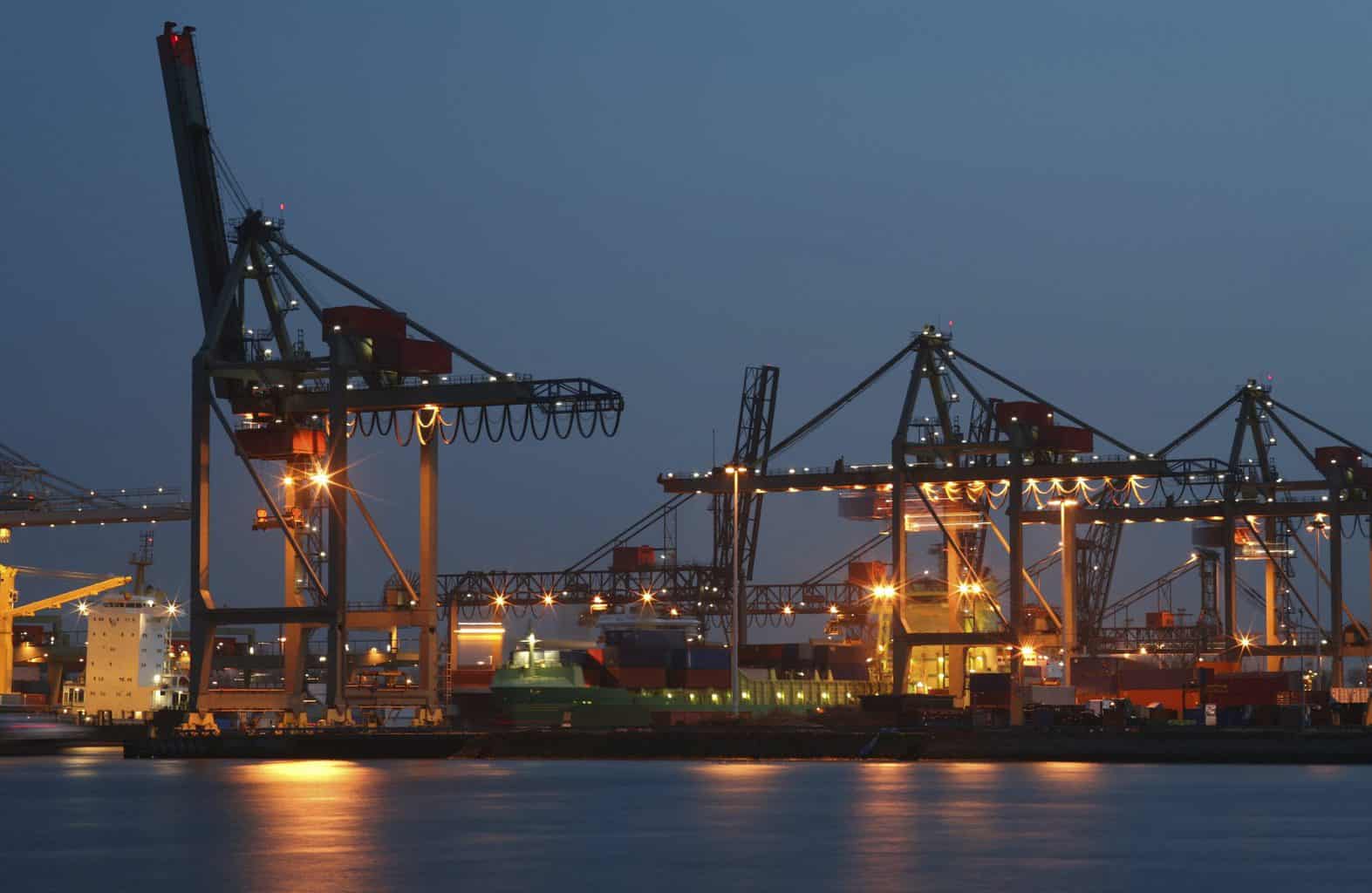Hydraulic workholding offers a wide range of benefits to manufacturers.
Faster clamping, faster machining, and improved part quality are only a few of the reasons why you should use hydraulic workholding clamps for heavy industrial projects.
If you’re not sure what kind of workholding clamps you need, we’re here to help.
Read on as we look at the main types of hydraulic workholding clamps and how they differ from each other.
Link Clamps
Link clamps are a great option if you need high clamping force but don’t have a lot of space.
The basic construction is a hydraulic cylinder that lowers onto the work to hold it in place. There are two main options: single action or double action.
Single action link clamps use hydraulic power when clamping down and a spring to retract the piston. Double action link clamps use hydraulic power to retract the piston also, making them better for fast usage.
Link clamps allow unobstructed loading. You don’t need to remove the clamps to load the next workpiece, speeding up processing times.
Pull Down Clamps
If you need to work on the surface of your material unobstructed, then pull down clamps are your best bet.
These clamps hold your workpiece firmly against the machine table or fixture. This is usually done by clamping through a slot or hole in the workpiece, allowing the clamp to hold it in place from below.
By clamping from beneath, the surface of your workpiece is free for processing.
Swing Clamps
Swing clamps offer the best of both worlds.
A hydraulic swing clamp allows you to clamp your workpiece in place without the need for any holes or slots that a pull-down clamp would require.
But unlike a link clamp, you can have full access to the workpiece for loading and unloading because a swing clamp has two actions. The arm will first rotate through 90 degrees until it is over the workpiece, and then clamp down, holding it in place.
Once the job is complete, the clamp will lift off the workpiece, and then rotate back through 90 degrees leaving the workpiece free to be removed unencumbered. These clamps can also be single or double action. If you’re running a high-speed manufacturing process, then a double-action swing clamp will speed up production.
Are You Looking for Workholding Clamps?
If you’re looking for hydraulic workholding clamps, you’re in the right place.
We offer hydraulic workholding clamps from all the biggest names in the industry, including Enerpak, Monroe, Vektek, Berg, Merkle, Hydrocomp, and more. If you’re not sure which products to choose, we can help with that too.
Contact Kor-Pak to discuss your machining and fabrication requirements, and we can help you choose between the best hydraulic clamp manufacturers. It will enable you to have a system ideally suited to your needs. Don’t forget to check out our other amazing products!

